Charge Pressure Actuator Position Sender: Leon Mk1 Turbo Upgrade
|
|
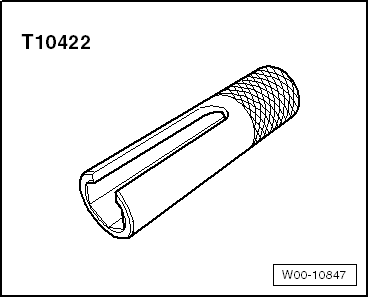
|
|
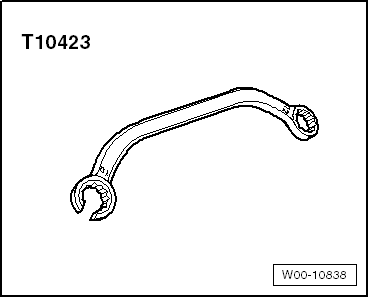
|
 Note
Note
|
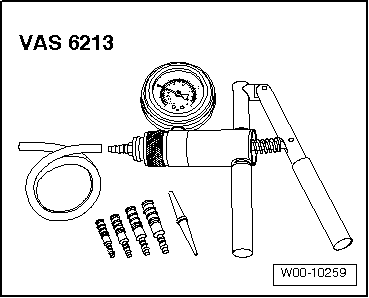
|
|
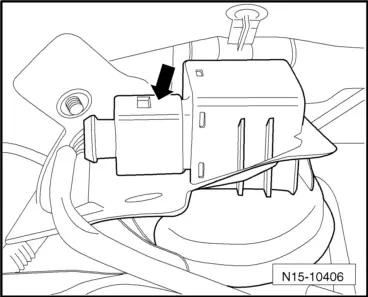
|
|
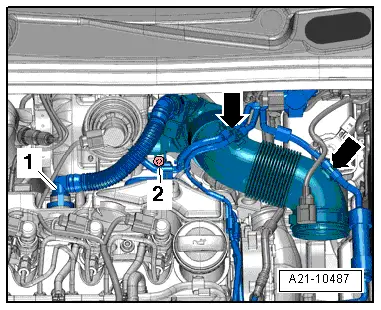
|
|
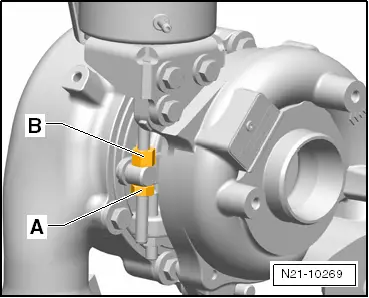
|
|
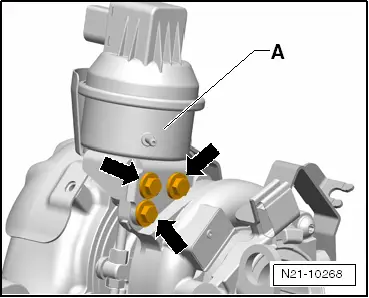
|
 Note
Note
|

|
|

|
|

|
|
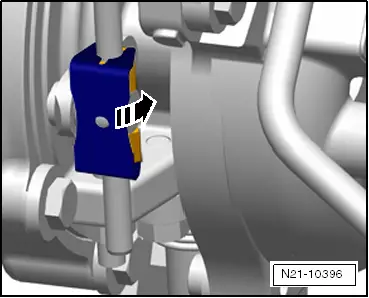
|
|

|
|

|
|
|

|
|

|
 Note
Note
|

|
|

|
|

|
|

|
|

|
 Note
Note
|

|
|

|
|

|
|

|
|

|
|

|